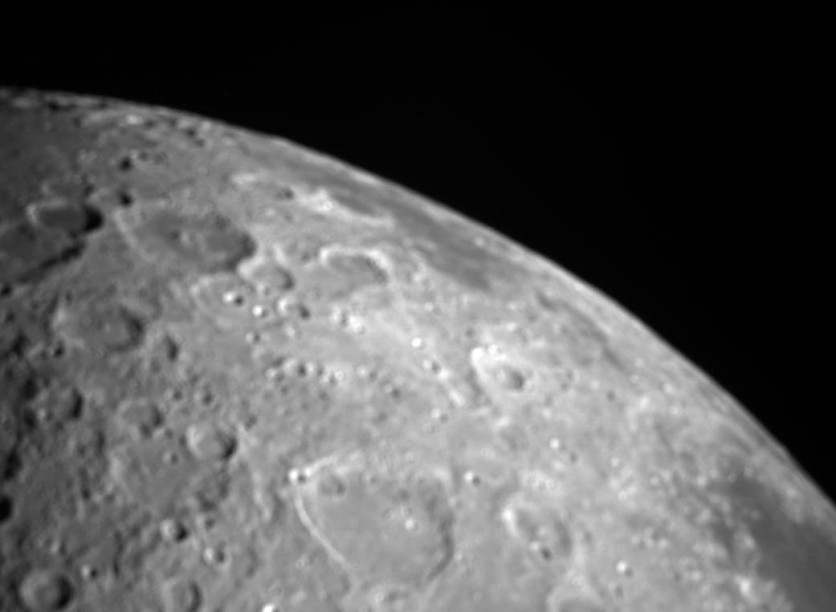In case it remains unknown, the Moon was a hotspot for volcanic activity some two to four billion years ago, and this was one of the greatest mysteries on the lunar surface, with NASA Artemis now looking to study. A new instrument is currently under development, and the space agency dubbed it the DIMPLE, which stands for Dating an Irregular Mare Patch with a Lunar Explorer.
NASA Artemis Instrument, DIMPLE, to Study Moon's Volcanic Terrain

The Lunar Exploration is expanding, and apart from researchers and scientist astronauts heading soon to the Moon under the Artemis mission, instruments are also joining to help expand their studies. According to a recent NASA blog post, a new Artemis instrument called DIMPLE is coming soon, and its main goal is to study the Moon's ancient volcanic terrain.
More importantly, this is a continuation of the Apollo 15 mission back in 1971, as when it was in orbit, it was able to capture the Ina Irregular Mare Patch, as dubbed by researchers.
"DIMPLE will add to a growing body of knowledge about the Moon, which in turn helps us understand the origins of Earth and other planets in the solar system. Additionally, the more we understand about our closest neighbor, the more we can support long-term human exploration at the Moon, and someday, Mars," said Nicola Fox, associate administrator for science at NASA Headquarters in Washington.
The spacecraft is set to determine the age and its origins, whether it was from a recent or ancient volcanic activity.
When is the DIMPLE Set to Launch and Start its Study?
The DIMPLE is a result of the third annual proposal call for PRISM (Payloads and Research Investigations on the Surface of the Moon), under the NASA initiative called CLPS (Commercial Lunar Payload Services).
It is yet unknown when the DIMPLE would launch, with NASA only revealing that it has a $50 million cost cap and is set for delivery by 2027.
The Moon and its Many Phenomena
The most recognizable cosmic entity when looking up to the sky is the Moon, and it is one that people could look at directly without hurting their eyes, unlike the scorching star. It is also the easily explorable cosmic terrain out there which is relatively close to the Earth and a destination that astronauts and researchers have already visited repeatedly.
Many questions are still present regarding the natural satellite, especially its infamous "Far Side of the Moon," also known as the Dark Side, which remains a massive question among academics and the public.
There is also a massive train of thought about living on another surface here in the galaxy, and one of the locations that mostly pop up are the Moon and Mars, being Earth's closest neighbors, also currently being studied by researchers.
The DIMPLE would soon go on a mission to find out more about the ancient volcanoes on the Moon, especially those that have contributed a lot to what it is now, learning more about its past, as well as future ventures to it.
Read also: Mystery Unveiled: Massive Granite Deposits on the Moon May Give Clues to Ancient Lunar Volcanoes

ⓒ 2025 TECHTIMES.com All rights reserved. Do not reproduce without permission.




